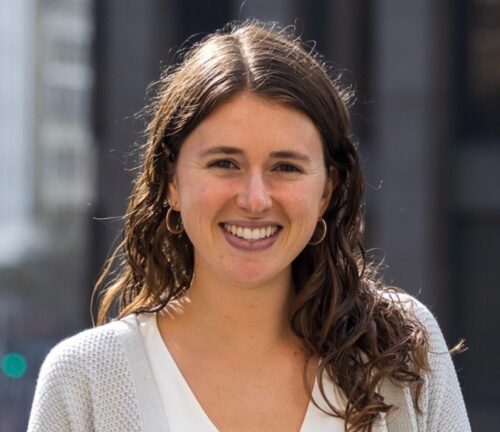Sierra Spencer is a Senior Managing Consultant at E3, where she works in the Integrated System Planning practice. Her work focuses on long-term electric sector planning with an emphasis on meeting emission reductions goals while maintaining system reliability at the lowest cost. Sierra leads analyses that evaluate utility-scale energy resource selections, energy-related costs, and affordability. She also works to advance renewable deployment through policy analysis that identifies and addresses barriers, particularly those related to siting and permitting, in the renewable development process.
Sierra credits her study abroad experiences in South Africa, New Zealand, and Australia with sparking her interest in energy and the environment. As a student, she conducted yearlong research studies on managed charging for electric vehicles and the use of sustainable biofuels for heating.
Consulting at E3 allows Sierra the opportunity to develop creative solutions for some of society’s most pressing challenges for clients who are motivated to implement them. She is excited to contribute to E3’s mission and cutting-edge work.
Sierra, a former college athlete, stays active by running, swimming, and biking. She’s also an avid hiker and traveler.
Education: MS, civil and environmental engineering, University of California, Berkeley; BS, engineering and BA, environmental studies, Swarthmore College
FULL E3 TEAM



